In an ideal world, stronger manufacturing companies could take advantage of spare capacity during times of slower economic activity to upgrade, restructure and improve their resource efficiencies and waste management. Right across thousands of manufacturing and processing facilities in the Asia Pacific, many factory owners and managers have sought to do just that.
In the shoe industry in China, exporters had to take measures to ensure their products passed both governmental and customers’ quality checks. “We initiated several measures: firstly, we used environmentally friendly, internationally approved glue; secondly, we use recycled paper for our shoe boxes; and thirdly, we installed an air filtration system in our manufacturing plant”, explained Mr S, the ex-general manager of a small-medium-sized shoe factory in Guangzhou.
In Kolkata, West Bengal, India, a CETP (common effluent treatment plant) complex has been provided by the government to help treat wastewater generated by the leather tanning industry, according to Mr L, a leather goods exporter.
Life however, is never that straightforward. Based on research carried out by Global Intelligence Alliance, much more needs to be done before Asian supply chains turn a shade of green.
Based on one-on-one interviews amongst Asia Pacific executives in the region, Global Intelligence Alliance predicted in June 2009 that China, India, Australia and Indonesia would be the first four to emerge from the global economic malaise.
Conversely, the Asia Pacific countries that have proven themselves to be more resilient to the recent economic downturn of 2008-09, countries such as China, India and Indonesia, also happen to have the least stringent environmental regulations, based on data from the United Nations.
The key factors inhibiting more green practices fall into two main categories:
Category 1: Management Factors
There is a lack of management commitment and supply chain partner support, with many firms fearing high upfront costs and long payback periods for any changes to “green supply chain management (SCM)” practices. There is insufficient green SCM knowledge by many players, especially among the most egregious polluters, with the “inhibitors (in the Kolkata leather tanning industry) being ‘money’ and ‘drive’… no initiative to change or will to learn, by most tanneries”, said Mr. S.
There are widespread cases of wilful ignorance, with many in China’s shoe industry “ignoring the source of their leather and how environmentally friendly it is, only showing European or American customer quality control teams, a batch of internationally approved leather materials” said Mr. L.
Category 2: Government regulations
The new environmental regulations affect all international businesses because countries worldwide are starting to harmonize their environmental regulatory regime with each other. It’s becoming a global phenomenon. It started in the major market economies and has produced knock-on effects on supply chains in other regions. Emerging economies and less developed countries have since followed suit.
For example, Europe’s stringent RoHS, WEEE and REACH regulations have forced suppliers in Asia and other countries to change their processes first, with national governments belatedly trying to harmonize their laws with the commercial reality.
However, the biggest problem is enforcement of the environmental regulations in Asia. “Sure there must be lots of environmental laws – but I don’t know exactly what they are. The leather goods industry is virtually the only industry left in West Bengal, so the state government may be a little lax,” said Mr S.
SOME POSITIVE SIGNS
“The best chance for change is through government, not customers. Customers don’t have that level of pull with tanneries. But compliance from the likes of Wal-mart and Marks & Spencers will trickle down eventually to the raw material level. Right now, compliance is limited to the factory level. But moving forward, they will trickle down, maybe in five to 10 years” said Mr. S.
From a regulatory standpoint, there are encouraging signs with the approach changing generally from “end-ofpipe” pollution control to “process and pollution prevention”, and more emphasis on products. Instead of only performance requirement regulations like emissions standards, material mandates and extended producer responsibility are being specified.
For example, RoHS-like laws are being passed that place restrictions on hazardous materials. WEEE-like laws are extending financial responsibility to the manufacturer-level and making companies responsible for the collection and disposal of their products.
Governments across Asia are starting to change their incentive structures and initiate change, albeit some reluctantly. For example, China has recently changed the performance assessment system for mid to lowerlevel government officials to include environmental sustainability as well as economic growth.
And in Thailand, local residents were recently granted an injunction by its Central Administrative Court to stop the commencement of 76 industrial projects worth over USD12 billion in its Map Ta Phut industrial park, over environmental compliance issues. Although the government has appealed this decision and sided with the private sector, the courts may ultimately play a role in forcing more emphasis on initiating systemic change.
WHAT’S STILL NEEDED
Use the downturn
Many Asian countries serve as global manufacturing bases, and their recovery will be tied to how the rest of the world performs. History has shown that a slight dip in Western consumption can produce severe problems among Asian suppliers, both amongst direct manufacturers and subcontractors. There is a great deal of operating leverage between Asian manufacturers and Western markets today.
Global Intelligence Alliance believes that Western businesses can use this leverage to push for more environmentally sustainable manufacturing, sourcing and logistics practices in the Asia Pacific region.
For example, downstream customers such as Wal-Mart have been pressuring suppliers in Asia to go green. Stricter environmental regulations in Europe have influenced Asian governments to pass similar laws. In addition, companies are starting to see the tangible cost and efficiency advantages of a greener supply chain.
Companies across many sectors, especially those in the fast moving consumer goods as well as the food and beverage sectors, are under pressure to publish sustainability reports and enforce environmental standards. This impacts players along their supply chains such as logistics providers and packaging companies.
Understand the region
Global executives also need to have a keen understanding of the local practices and unique regulatory landscape of each Asian country they operate in, in order to be effective in encouraging better green practices.
Japan has led the way in Asia, enacting a comprehensive set of laws covering domestic environmental policy, global climate change, air, water, waste & recycling. It was one of the first countries to pass extended producer responsibility laws for collection and disposal of end-of-life products, but unlike the EU’s RoHS Directive, it does not mandate material restrictions.
South Korea has enacted a comprehensive set of laws covering environmental policy, air, water, waste and recycling. Taiwan has a similar set of laws and is now in the process of passing a RoHSequivalent law. China has passed its own RoHS-equivalent regulations and has also enacted a comprehensive set of laws on air, water, and waste. Enforcement remains an issue and it is still developing extended producer responsibility legislation.


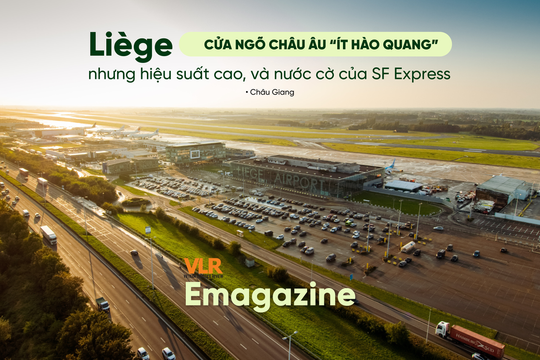
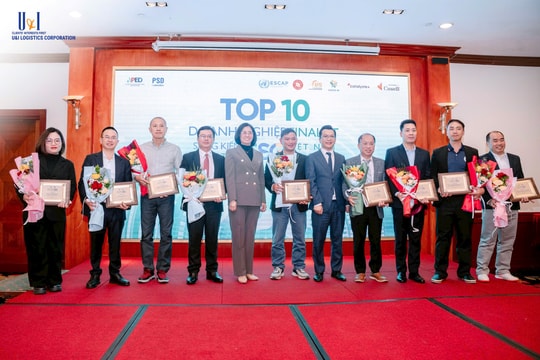
.png)



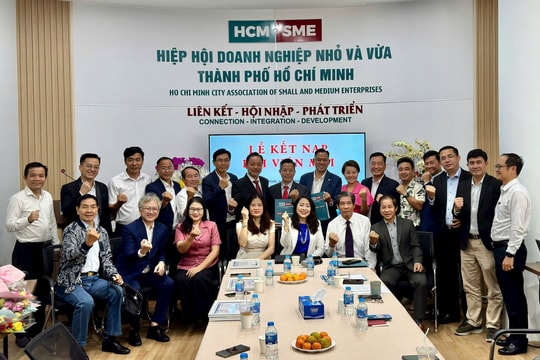
.png)
.png)

.png)

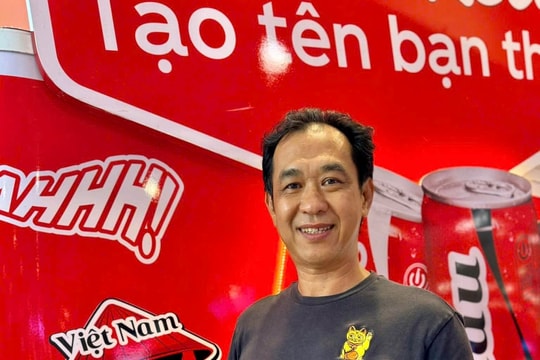
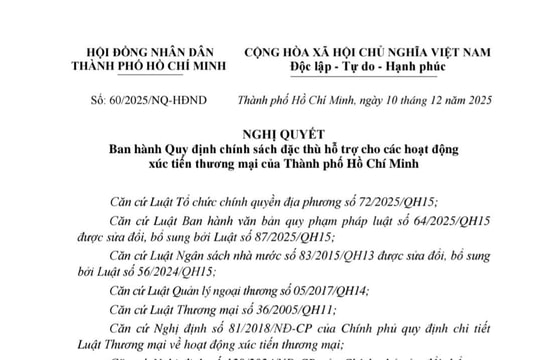
.png)